The most ridiculous thing about the recent Dîner en Blanc? That they banned beer, along with paper plates and plastic cutlery. Singapore is fast becoming the best place in South East Asia to sample the kind of innovative, ambitious and downright delicious beers that reveal wine snobbery for the nonsense that it is. Already we’re home to two microbreweries, more than half a dozen brewpubs, and a host of specialist importers shipping in several hundred varieties of craft beers and serving them up everywhere from hotel bars to hawker centers.
That Singaporeans love their beer is hardly news. And Beerfest Asia remains one of the very best ways to spend a weekend you’ll never remember. But interest in more artisanal ales has firmly reached our shores, and it’s fitting that the region’s first ever Craft Beer Week (www.singaporecraftbeerweek.com) is about to kick off here. They’re looking to encourage inquisitiveness, experimentation, and an appreciation for quality over quantity (in the bar, if not the bedroom); and we’re right behind them. For the next week, it’s time for anything but a Tiger.
1. The Straits
Once the most inventive of Singapore’s microbreweries, these folks use traditional Asian ingredients to craft their ales and mix up their more mass-appeal beers with some brilliant limited editions. You’ll also find their beers at showcase bars like Malones, The Pit and Boulevard.
2. BeerStyle
Forget about America’s bland lagers and discover its amazing craft brews with goods from Stone Brewing Co., Flying Dog and Southern Tier. Plus, they’ll even deliver all that boozy goodness right to your doorstep.
3. Brewers' Craft
This retail shop in the west carries over 200 different labels (and counting), from places like the Netherlands, Denmark and Japan, with the Belgians and Americans being particularly well-represented. You might also want to check out their weekly Saturday tasting flights ($15-20 for four 150ml samples) from 2.30-6.30pm.
4. Old Empire Gastrobar
A quaint watering hole for those who live in the area, pop by for offerings from the UK, Belgium and more. You’ll spot suds such as Little Creatures from Down Under, Wychwood, St. Bernardus, La Trappe (Holland) and also BrewDog Punk IPA on tap.

5. JiBiru Craft Beer Bar
To set itself apart from the rest of the crowd, this establishment specializes in artisanal Japanese brews. Even if you’re a connoisseur, you’ll be pleased with suds from brewers such as Shiga Kogen, Yoho Brewing and Hitachino Nest. They also regularly showcase seasonal and special edition brews; currently available are Kinshachi Matcha Draft and Mountain Goat Hightail Ale.
6. Thirsty - The Beer Shop
This new kid on the block claims to have the largest collection of premium beers and ciders in Singapore and with close to 350 different brews to choose from. You’ll find familiar favorites including Hitachino, Stone, Wychwood, Rochefort, Mikkeller, Anderson and local heroes Jungle Beer, as well as fresh faces here like NZ Yeastie Boys, UK’s BrewDog and Italian San Biago.
7. Witbier Café
Find a range of specialty beers in the heart of historic Kampong Glam at this laid-back joint. Aside from quality brews, with an extensive range of Belgian beers and a few hard-to-find Aussie offerings, there’s finger food to be had, too.
8. Adstra Gold Microbrewery
A neighborhood brewery along East Coast Road, AdstraGold Microbrewery boasts up to 15 types of boutique craft beers, plus seasonal fruity ales like mango, lychee and strawberry.
9. East of Avalon Wines
Don’t let the name throw you off, because on top of 200 odd vinos, they also carry a decent array of English ales and ciders. Brews from Wychwood, Marston’s, Ringwood, Fuller’s and Duchy Originals are on hand, along with a full range of Weston’s and Brothers ciders. They also run a casual neighborhood bar, The Cider Pit, that’s relocating a few doors down (#01-03, 328 Joo Chiat Rd.) and due to reopen at the end of the month.
10. Paulaner Brauhaus
For authentic German beers, you can’t look past this high-ceilinged, three-story microbrewery with warm country-styled décor. Expect freshly-brewed beers, delectable Munich lager and dark brew, and hearty pork-based mains.
11. RedDot Brewhouse
With two outlets that cover the best of Singapore’s nightlife (the lushness of Dempsey and the riverside bustle of Boat Quay), RedDot offers good, affordable beers that are intriguing from the start (the ever-popular spirulina-infused Monster Green lager comes easily to mind).
12. LeVeL33
One of the latest arrivals on the microbrewery front in our city, this chic restaurant/bar perched on the top of the Marina Bay Financial Centre has a view to die for (always a hit with out-of-towners). They specialize in making European-style suds here such as the light and refreshing 33.1 Blond Lager, the 33.2 Pale Ale, the complex 33.3 Stout and the 33.4 House Porter, a blend of the Pale Ale and Stout, which make for good accompaniments for the food.
13. Oosters Belgian Brasserie
As is expected of a Belgian brasserie; the house special is their mussel pot, accompanied with fries and mayonnaise. If mussels aren’t your thing, there are plenty other menu items, such as another Belgian classic, steak frites. Oosters has a good pub vibe to it and the hearty food is more than enough to line your stomach while you down their delicious Belgian beers.

14. Lil Papa's Wieners
Hot dogs have really enjoyed a revival here, but what this four-month-old addition offers that the others don’t is an extensive selection of craft beers and ciders. Look forward to offerings from countries such as Belgium, Australia, Germany and Sweden with the likes of Hitachino Red Rice Ale ($14) and Delirium Nocturnum ($15), as well as Jungle Beer’s Perfect Porter ($15).
15. Wok & Barrel
This humble, laid-back bistro isn’t fancy, but it’s a rare gem that whips up some mean local classics and modern Singaporean fare at very affordable prices. The best bit? There’s also a mean selection of over 30 craft beers to be had, courtesy of chef-owner Shen Tan. Think Hitachino, Hawthorn and Moa, as well as goods like Delirium Nocturnum and Jungle Beer Mango Rose on tap.
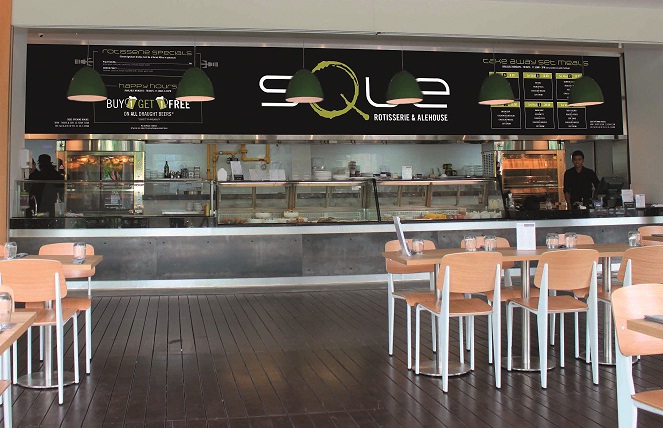
16. Sque Rotisserie & Alehouse
A casual 256-seater along the Singapore River, bistro/bar SQUE (pronounced “skew”) has a list of over 200 international beers from Belgium, Germany, the UK, the US, Australia, New Zealand, India and more such as Moa Methode ($23), Black Abbot ($17), 5a.m. Saint ($14.50) and Double Bastard Ale ($38.50). For the ladies, there are also a few lambics to choose from like Pink Killer ($11.50).
17. The Good Beer Company
Daniel Goh’s tidy, little stall offers over 50 different beers and ciders, from countries like Taiwan and the US. He’s recently set up another spot up in Katong (lucky eastsiders), 99 Bottles.

18. The Pump Room
Beyond its delicious range of craft beers (which picked up a bag of awards at 2011’s Asia Beer Awards) and sumptuous bistro fare, The Pump Room is also known for rocking live music from its resident band Jive Talkin’ which belts out rock and pop hits.
19. Brewerkz
Still unbeatable after 15 years in business, Brewerkz simply has it all, from reliable standards like the golden ale and oatmeal stout, to sensational and experimental seasonals. Throw in great food, some of the best happy hour deals on the island (jugs for under $16 before 3pm), and you have yourself a real winner.























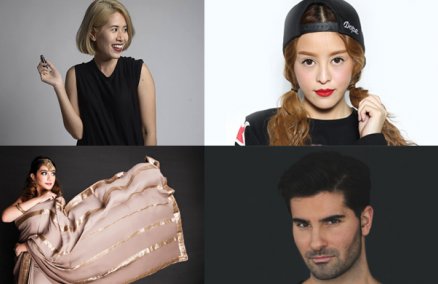
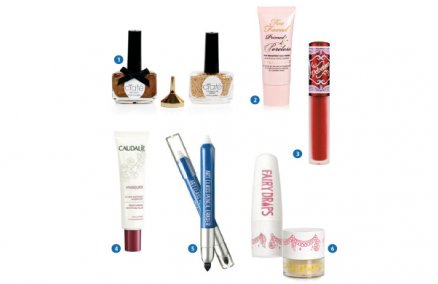
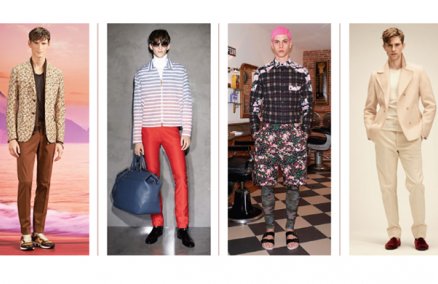



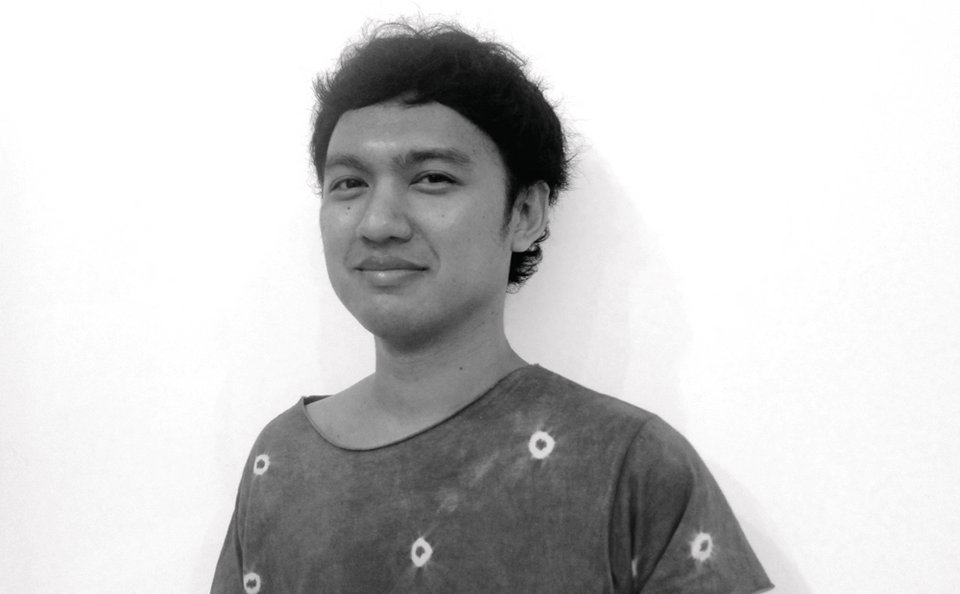

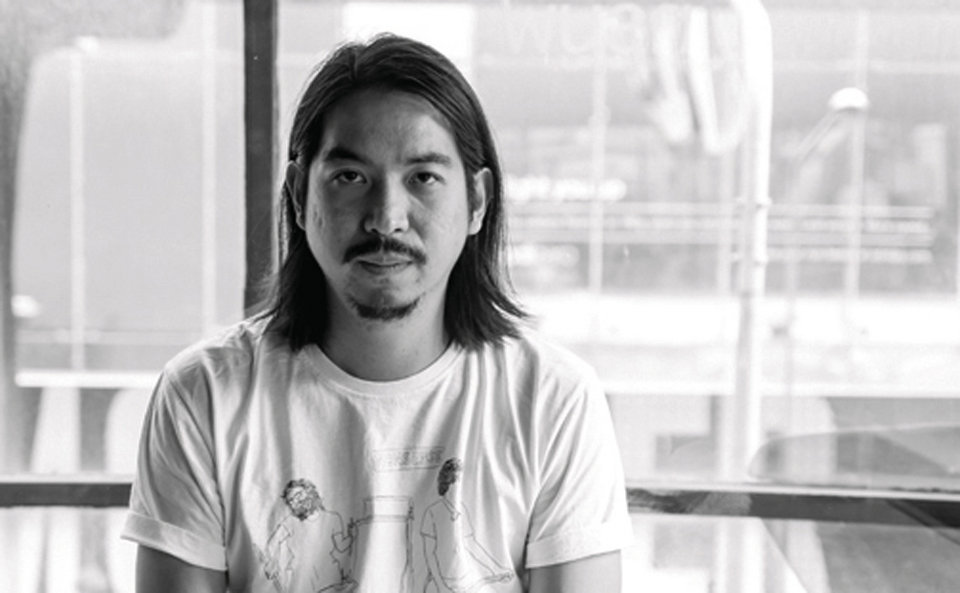
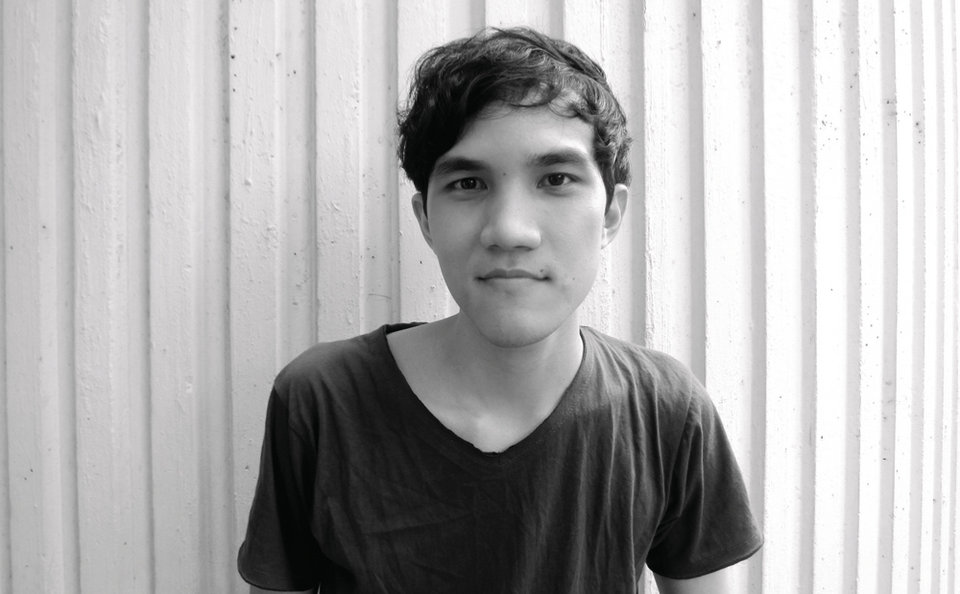

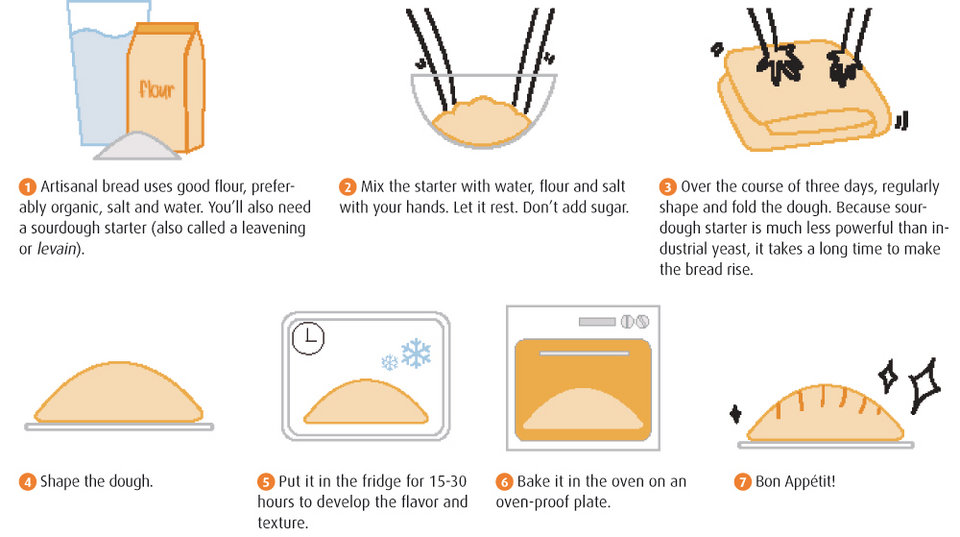
 What is artisanal bread?
What is artisanal bread? How did you learn to make bread?
How did you learn to make bread?

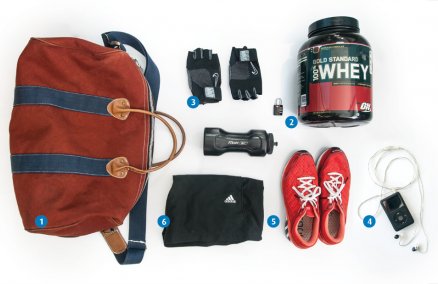

 Style: This line of womenswear features minimal designs, influenced by American sportswear. “Kemissara is for working women. My clothes are not very girly but I use some textile techniques, from pleats to layering, to create interesting details that help bring out the wearers’ femininity.”
Style: This line of womenswear features minimal designs, influenced by American sportswear. “Kemissara is for working women. My clothes are not very girly but I use some textile techniques, from pleats to layering, to create interesting details that help bring out the wearers’ femininity.” 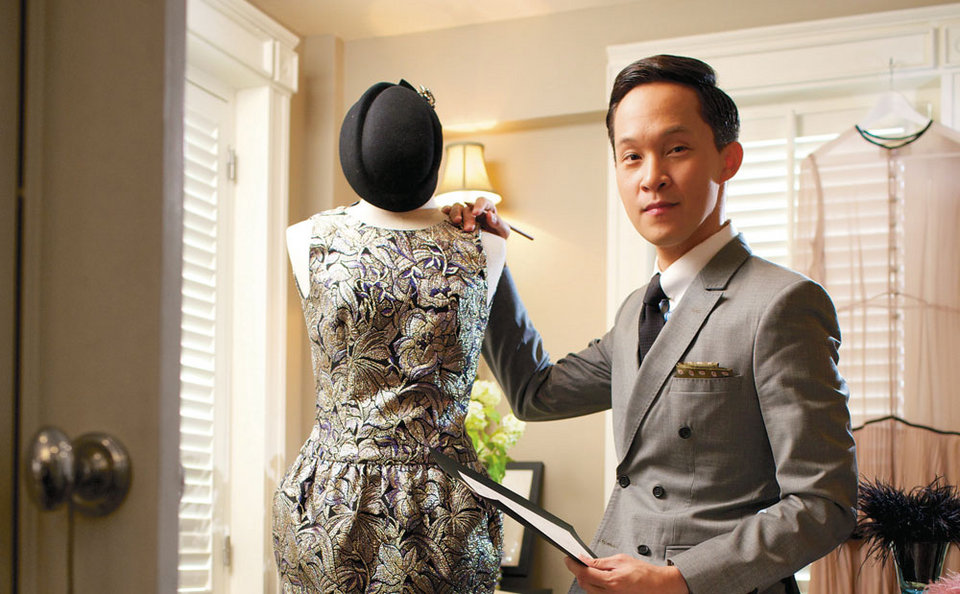
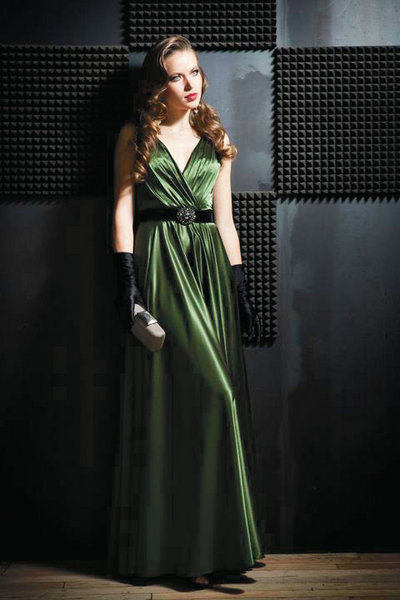 Style: As he’s personally fond of 1920s fashion, Tawn’s designs aim to be enduring and classic. “Timeless elegance is my core style. I do ready-to-wear clothes that use fine textiles and details. Women these days have several activities during the day, from their office job to an evening party, so an outfit must serve all these purposes.” Tawn C.’s signature looks are pencil skirts and delicate blouses, with adjustable patterns for all sizes. “I love to empower women with my clothes. Women wearing my outfits must feel confident in them. I don’t encourage women to hide what they think are their flaws.”
Style: As he’s personally fond of 1920s fashion, Tawn’s designs aim to be enduring and classic. “Timeless elegance is my core style. I do ready-to-wear clothes that use fine textiles and details. Women these days have several activities during the day, from their office job to an evening party, so an outfit must serve all these purposes.” Tawn C.’s signature looks are pencil skirts and delicate blouses, with adjustable patterns for all sizes. “I love to empower women with my clothes. Women wearing my outfits must feel confident in them. I don’t encourage women to hide what they think are their flaws.”
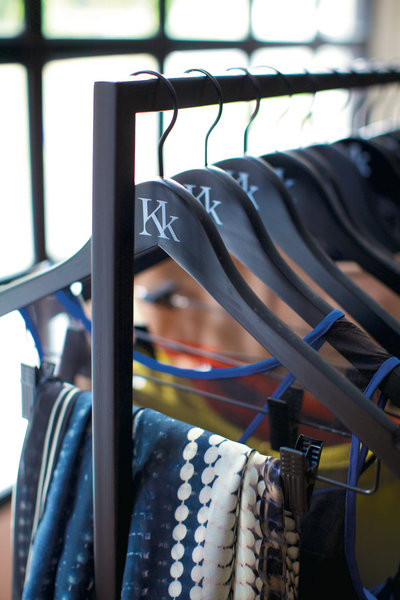 Style: A range of feminine mix-and-match pieces covering everything from dresses to shoes and accessories, designed to fit every occasion.
Style: A range of feminine mix-and-match pieces covering everything from dresses to shoes and accessories, designed to fit every occasion.
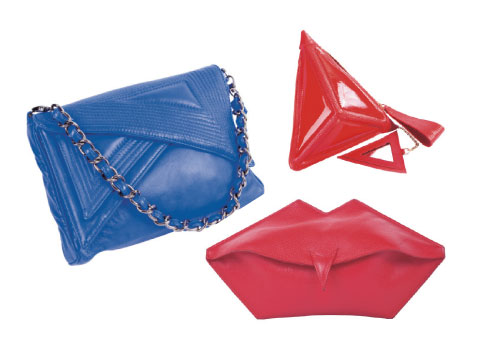 Style: Leather clutches and bags with artsy, surreal twists for edgy women.
Style: Leather clutches and bags with artsy, surreal twists for edgy women.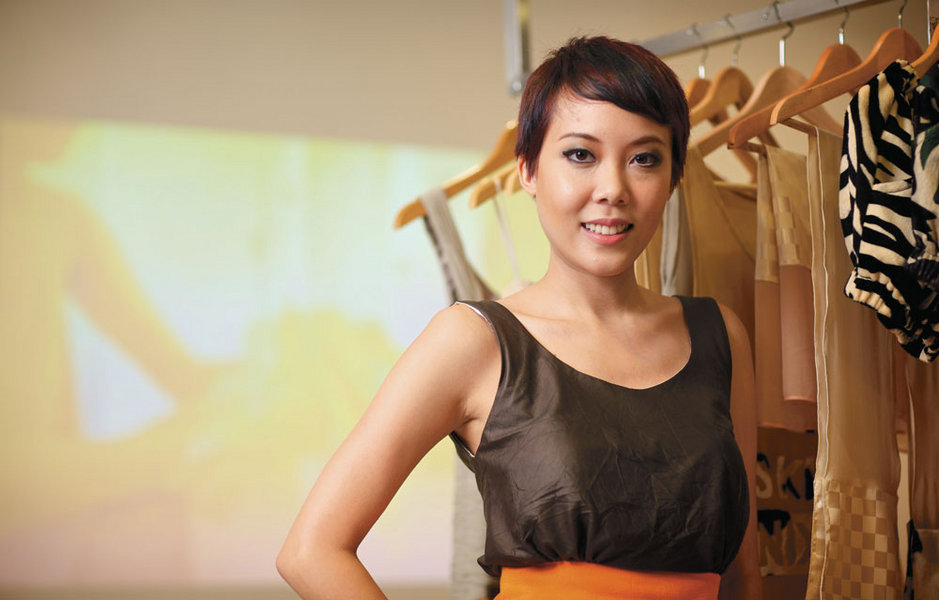
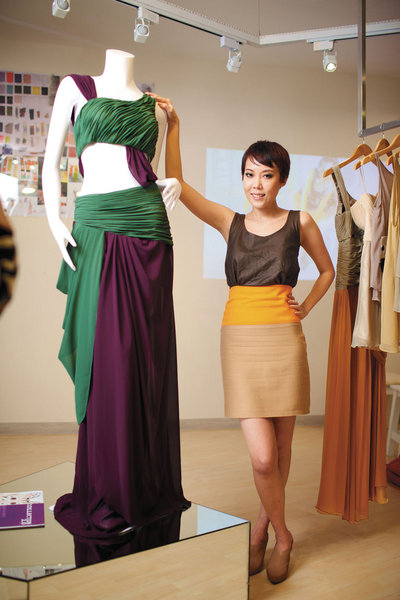 Style: A range of women’s wear made from light, wrinkle-free fabrics. “Today’s women wish to look beautiful for an entire day but don’t want to spend time taking care of their clothes. So I create wrinkle-free clothes that are easy to wear and look after.”
Style: A range of women’s wear made from light, wrinkle-free fabrics. “Today’s women wish to look beautiful for an entire day but don’t want to spend time taking care of their clothes. So I create wrinkle-free clothes that are easy to wear and look after.” 